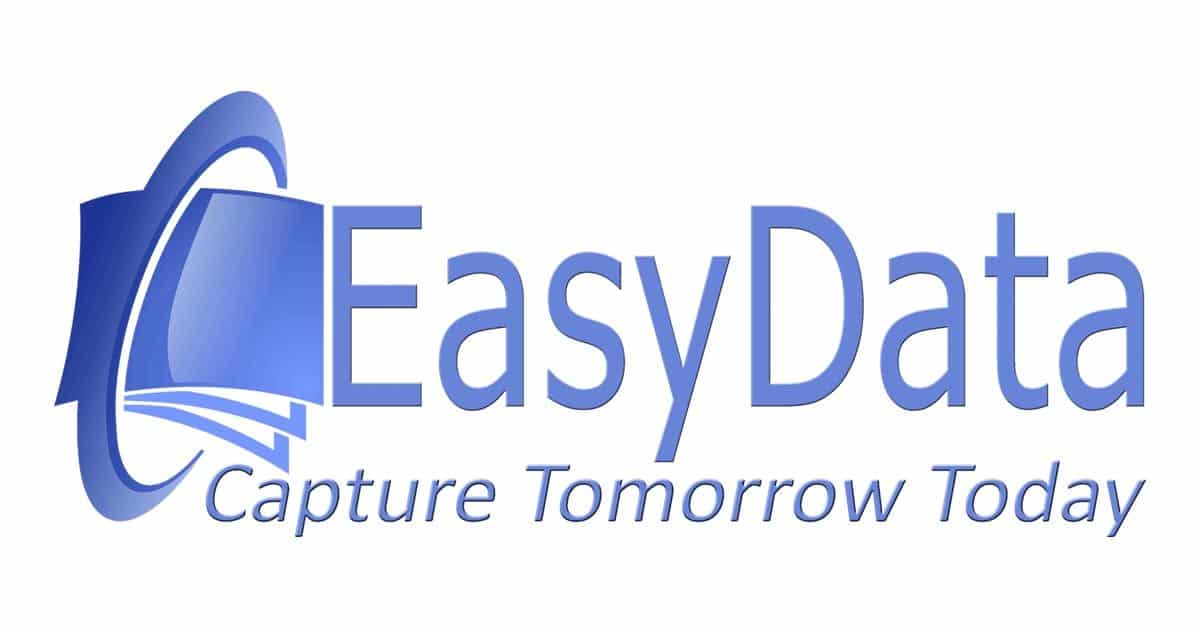The difference between profit and falling behind
Why your strategy stands or falls with truly understanding AI and ML
Start your AI transformation
The difference that determines your future
During today's management meetings, but also in many vendor pitches, the terms Artificial Intelligence (AI) and Machine Learning (ML) fly around you. Not infrequently, they get mixed up, as if they are interchangeable magic. But those who miss the difference miss the chance to sharpen their strategy and may overlook unexpected risks.
AI is the dream of making computers do things we previously thought only humans could: think, reason, predict, decide. Think of AI as the complete smart car. Machine Learning, on the other hand, is the powerful engine under the hood: it's the technique that makes that car actually drive. ML enables systems to learn from data and improve themselves, without manual programming.
Getting your strategy around these new techniques sharp means determining where the opportunities lie, but also where the risks and requirements around data management begin. Whether you sit in a boardroom or participate in an innovation project, the difference between AI and ML is crucial for the direction and impact of your digital future.
AI is the overarching goal to make computers perform tasks that require human intelligence, while ML is one of the key methods to achieve that goal. Think of AI as the whole car, and ML as the engine.
The Netherlands leads in Europe
AI Adoption in Dutch and European Companies 2019-2035
Percentage of companies using AI technologies
Progress towards full AI adoption by 2035
Chart is loading...
Chart.js is loading...
Dutch Companies
95%
Projection 2035
EU Average
90%
Projection 2035
Large Companies (≥500 FTE)
95%
Reached ~2032
SME Companies
85%
Projection 2035
Key Insights
Growth Slowdown
AI adoption slows as market saturation approaches. Growth levels off around 85-95% depending on company size and sector-specific challenges.
Persistent Gap
SME companies continue to lag behind large enterprises, with a gap of approximately 10% that is likely to persist even by 2035.
Consulted Sources
CBS Netherlands: AI adoption in Dutch businesses (2024)
Eurostat/EU Data Portal: Digital Economy and Society Index (DESI)
European Commission: DESI 2024 Digital Economy and Society Index Report
Netherlands ICT/NLdigital: Analytics Reports - Digital Adoption
* Projections 2025-2035 account for decreasing growth rate as market saturation is reached.
Core differences that determine your choice
| Aspect | Artificial Intelligence | Machine Learning |
|---|---|---|
| Goal | Mimicking or extending human intelligence | Learning from data to make predictions |
| Scope | Broad umbrella: NLP, computer vision, expert systems | Subset within AI |
| Approach | Can use rules, heuristics, or ML | Statistical models + training data |
| Data requirement | Varied; doesn't always need big data | Primarily structured data |
| Risk profile | Regulatable under AI Act (high/low risk) | Legally falls as AI component within AI Act |
| Talent | AI architects, ethicists, domain experts | Data scientists, ML engineers |
Cost structure: why this difference matters
🏗️ AI project investment
Data collection: €50k - €120k
Modeling: €90k - €200k
AI-Ops: €60k - €150k per year
Audits & Explainability: €25k - €70k per year
⚡ ML project investment
Data collection: €20k - €60k
Modeling: €35k - €100k
MLOps: €40k - €80k per year
Audits: €10k - €25k per year
🎯 ROI expectations
ML projects: 6-12 weeks to proof-of-value
AI suites: 6-18 months implementation
Break-even: ML often within 12 months
Practical cases from the Dutch market
| Use case | Technology | ROI within 12 months | Sector |
|---|---|---|---|
| Document classification | ML (NLP) | 90% process reduction | Logistics |
| Predictive Maintenance | ML (Time-Series) | 20% less downtime | Manufacturing |
| Dynamic Pricing | AI (Reinforcement + ML) | 4-6% revenue uplift | E-commerce |
| Quality Control | Edge-AI + vision models | 15% scrap reduction | Food processing |
Implementation strategy for Dutch companies
1. Diagnosis & data quality
Map data silos; 85% of IT managers call this the biggest frustration. Focus first on data harmonization before implementing ML or AI.
2. Quick-win PoC
Start with ML to build consensus within the DMU. Use AutoML platforms for time-to-value within 6 weeks.
3. Scale to AI platform
Integrate model monitoring, bias checks, and MLOps pipelines. Account for reporting obligations under the AI Act.
Avoiding common pitfalls
❌ Technology fetishism
Deploying AI "because you can" leads to shadow proof-of-concepts without ROI. Always start with a clear business case.
🔍 Insufficient explainability
Black-box models cannot meet audit trail requirements. Invest in interpretable AI for critical processes.
👥 Ignoring skill gap
14% of IT managers consider leaving due to overload. Proactively invest in training and upskilling.
Ready to go from data chaos to smart automation?
Dutch companies that strategically implement ML and AI see an average 90% process reduction, 20% less downtime, and ROI within 12 months. From document classification to predictive maintenance — EasyData's 25+ years of experience helps you make the right choice.
🎯 European data sovereignty guaranteed
✅ GDPR compliant: Your data stays within Dutch/EU borders
✅ No vendor lock-in: Open standards and ONNX format
✅ Dutch expertise: 25+ years experience in business automation
✅ Transparent pricing: Fixed costs, no surprises afterwards
Frequently asked questions about ML vs AI
What is the practical difference between ML and AI for my business?
ML is a specific technique within AI that learns from your historical data to make predictions. AI is the broader concept that also includes chatbots, rule-based systems, and robotics. For most Dutch companies, this means: start with ML for concrete use cases (like document processing), and then expand to broader AI applications.
What about the AI Act - do the same rules apply to ML?
Yes, ML models legally fall under the definition of AI systems in the AI Act. However, most ML applications (like inventory optimization or quality control) are classified as "minimal risk" and have less stringent obligations than high-risk AI systems like HR screening tools.
What are typical costs for ML versus AI projects?
ML projects typically cost €55k-€160k total (including first year), while complete AI suites can cost €200k-€470k. The difference is mainly in complexity: ML focuses on one specific problem, AI projects often require multidisciplinary teams and more extensive compliance processes.
What skills do we need internally for ML versus AI?
For ML projects: data scientists, ML engineers, and domain experts. For full AI implementations: AI architects, ethicists, compliance officers, and change managers. 55% of Dutch companies experience a shortage of these skills - therefore consider external expertise in the startup phase.
How long does implementation of ML versus AI projects take?
ML projects can deliver a proof-of-concept within 6-12 weeks with AutoML platforms. Complete AI transformations typically take 6-18 months, as they involve organization-wide processes, governance frameworks, and often multiple integrated systems.
Can I start with ML and later expand to AI?
Yes, this is even the recommended approach. Start with concrete ML use cases to gain experience, optimize data processes, and create support. Use the successes to gradually expand to more complex AI applications. This minimizes risks and maximizes the learning curve.
